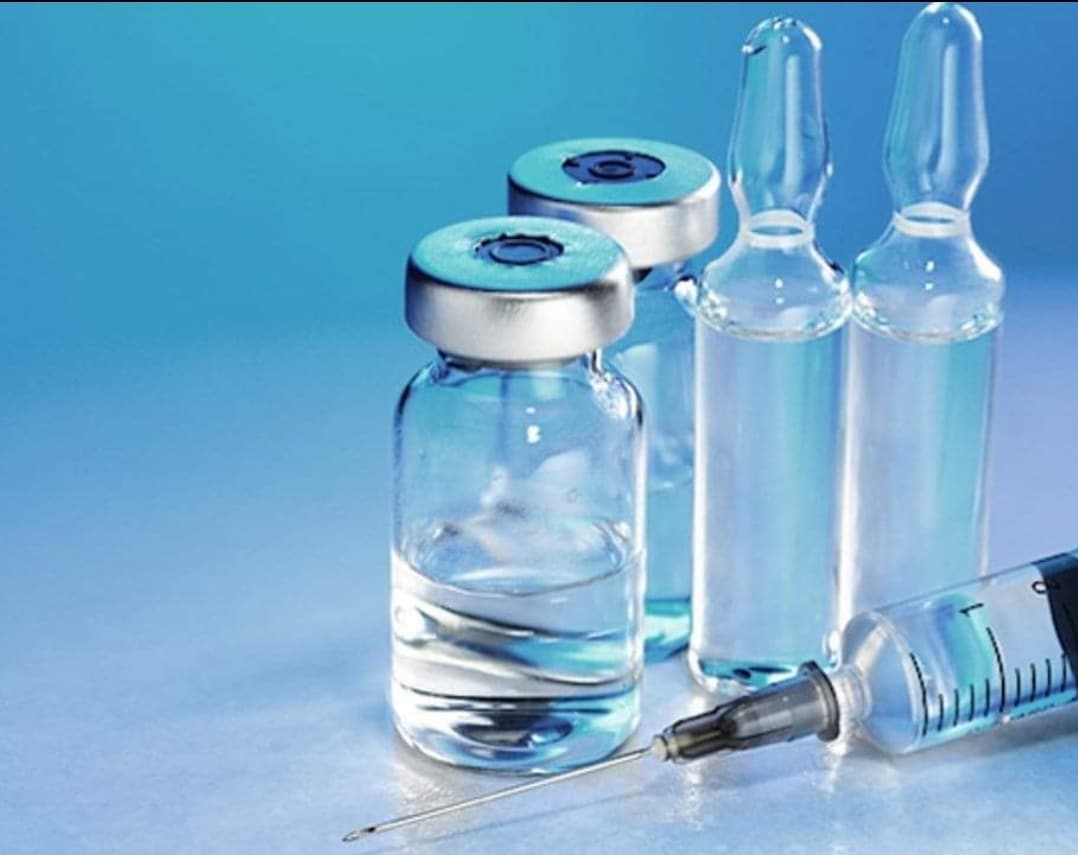USP Infusion Bag Sterility Testing
The USP Infusion Bag Sterility Test is a critical procedure in pharmaceutical manufacturing that ensures injectable and parenteral products are free from viable microorganisms, including bacteria and fungi. This test is mandated by the United States Pharmacopeia (USP) Chapter General Chapter 71: Sterility Testing to ensure that injectable products are safe for human use. The primary goal of this test is to protect patients from potential infections or adverse effects caused by contamination.
The sterility testing process involves the inoculation of the infusion bag with a defined culture medium and incubation under controlled conditions. If no growth is observed after a specified period, the product passes the sterility test, indicating that it meets the required standards for safety and efficacy. This test is particularly important in the context of parenteral products such as intravenous fluids, medications, and other sterile injectables.
The testing process is highly regulated to ensure consistency and reliability. The USP provides detailed guidelines on how to perform these tests, including the use of appropriate media, inoculation techniques, incubation conditions, and interpretation of results. Compliance with these standards is essential for pharmaceutical companies aiming to meet regulatory requirements and ensure product quality.
For injectable products, sterility testing plays a pivotal role in maintaining patient safety by ensuring that there are no viable microorganisms present. This test is not only a critical part of the manufacturing process but also an integral component of ongoing quality control measures. It helps pharmaceutical companies to maintain their reputation for producing safe and effective medications.
| Key Parameters | Description |
|---|---|
| Inoculation Medium | A defined culture medium that supports the growth of viable microorganisms. |
| Incubation Conditions | The product is incubated at a specific temperature and time as per USP guidelines. |
| Observation Period | The period during which any growth or contamination must be observed. |
| Sampling Method | The method used to sample the infusion bag for testing. |
In summary, USP Infusion Bag Sterility Testing is a vital procedure that ensures the safety of injectable and parenteral products. It is essential for quality managers, compliance officers, R&D engineers, and procurement personnel to understand the importance and process of this testing to ensure regulatory compliance and product safety.
Why It Matters
The USP Infusion Bag Sterility Testing is crucial for ensuring that pharmaceutical products meet strict quality standards. The primary reason for conducting this test is to protect patients from potential infections or adverse effects caused by microbial contamination. In the context of injectable and parenteral products, sterility testing is a critical step in the manufacturing process.
Compliance with USP standards not only ensures product safety but also enhances the reputation of pharmaceutical companies. Non-compliance can lead to recalls, legal actions, and damage to brand image. Therefore, it is essential for quality managers and compliance officers to understand the importance of this testing and ensure its proper implementation.
From a regulatory perspective, sterility testing is mandatory in many countries, including the United States. The USP provides detailed guidelines on how to perform these tests, and pharmaceutical companies must adhere to these standards to maintain their regulatory compliance. This ensures that products are safe for human use and meet the highest quality standards.
In addition to patient safety, sterility testing also plays a role in product efficacy and stability. By ensuring that injectable products are free from viable microorganisms, pharmaceutical companies can enhance the overall quality of their products. This, in turn, leads to better patient outcomes and increased trust in the brand.
Industry Applications
The USP Infusion Bag Sterility Testing is widely used across various sectors within the pharmaceutical industry. Some key applications include:
- Manufacturing of injectable and parenteral products.
- Quality control in large-scale production environments.
- Ongoing product testing to ensure compliance with regulatory standards.
| Product Types | Description |
|---|---|
| Intravenous Fluids | Infusion bags used for intravenous administration of fluids and medications. |
| Medications | Sterile injectable products such as vaccines, antibiotics, and other drugs. |
| Blood Products | Bagged blood products intended for transfusion. |
In addition to these applications, sterility testing is also used in clinical trials to ensure that test subjects receive safe and effective treatments. This ensures that the trial results are valid and reliable, contributing to the overall success of the pharmaceutical industry.
Use Cases and Application Examples
- Manufacturing Process: Sterility testing is conducted after the manufacturing process to ensure that all products meet the required standards before they are released for sale.
- Quality Control: Regular sterility tests are performed during the production cycle to monitor product quality and ensure compliance with regulatory standards.
- Product Validation: New products undergo extensive sterility testing as part of their validation process to ensure that they meet all required standards before being approved for market release.
- Intravenous Fluids: Infusion bags used in hospitals and clinics are sterilized using this method to prevent infections in patients receiving intravenous treatments.
- Vaccines: Sterility testing is critical for ensuring the safety of vaccines, especially those intended for children or immunocompromised individuals.
In summary, USP Infusion Bag Sterility Testing plays a crucial role in various aspects of pharmaceutical manufacturing and quality control. It ensures that injectable and parenteral products are safe for human use and meet strict regulatory standards.





